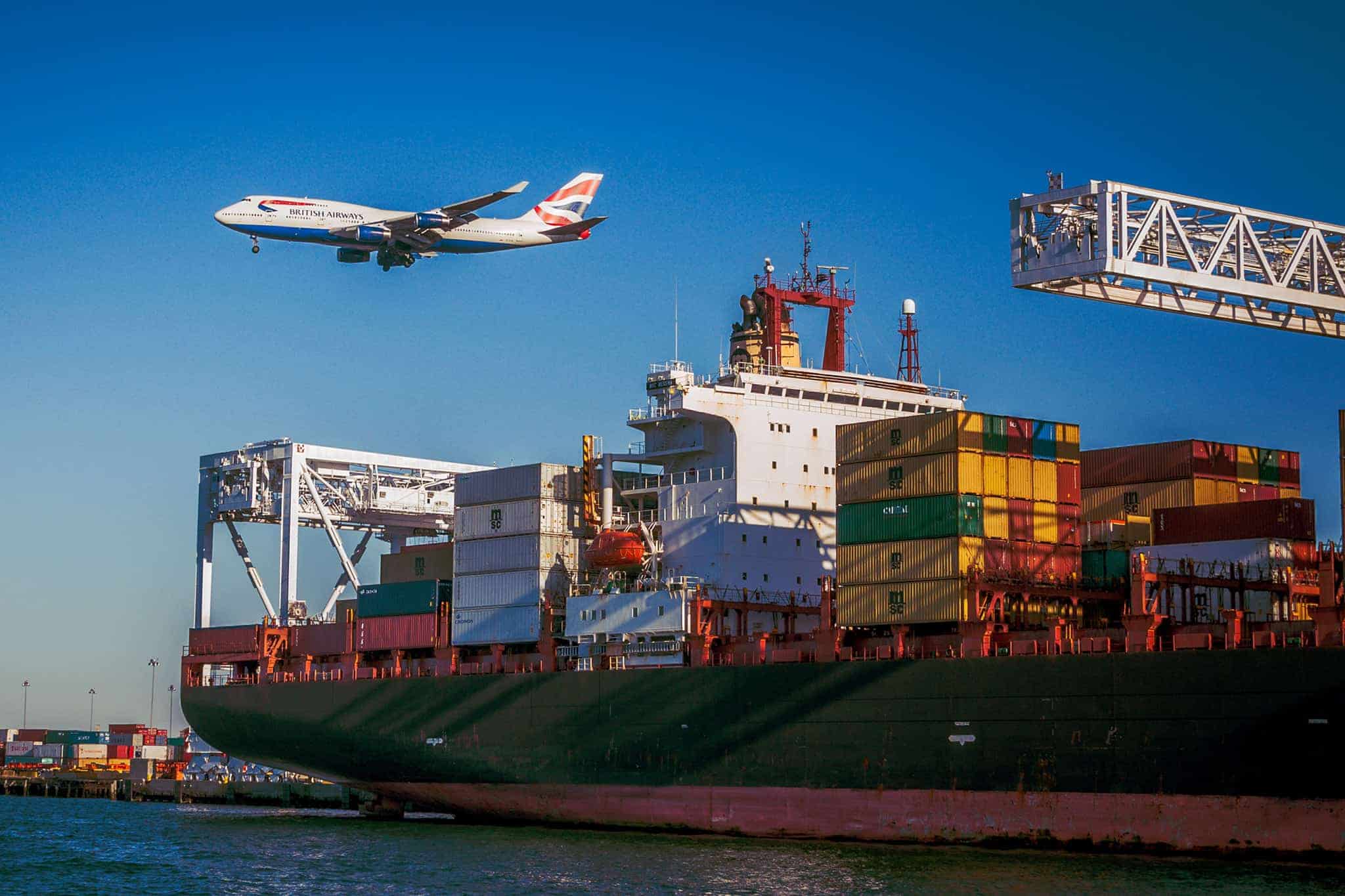Who Decides What a Freight Class Is?
NMFTA determines the freight classes. Usually, there are three factors that come into a freight class. One is the density of the freight. So are dimensions and weight.
The other two is the stowability of the freight. So, how easy is it to move and stow? And the other one is insure-ability of the freight. Is it a fragile item? Is it durable? These things help determine the cost of an LTL shipment for most carriers. With rates from carriers, the main thing that they need are:
- origin zip code
- destinations
- zip code
- freight class
- weight
Density Determines Freight Class
A good way to determine the class of an LTL shipment is by knowing the density. There’s the density of a shipment, which is the dimension and weight. From this, you could actually calculate an estimated class.
The TMS helps manage this information. The TMS recommends an estimated class. This helps the customer and or for the dispatcher that is trying to schedule the pickup. Another way to determine the freight class is to use different software. These are products like FastClass through SMC³ and ClassIT through the NMFTA. Looking up these products on those programs is useful. You could see the freight class and NMFC numbers for each commodity.
How Does the NMFTA Play a Role?
The NMFTA is the organization that determines the freight class for certain commodities. They usually publish a book of NMFC numbers and freight classes. Freight brokers or shippers could use this book to determine the proper classes for their commodity or products. This information is accessible through them direct. They could also get this information through products like ClassIT or FastClass.
Identifying the freight class is important. It determines what your rate is with your LTL carrier. Say that you put in your origin zip, destination zip, freight class, and weight. But then you misidentify the result. This will be a problem down the line when it comes to billing. When a shipment is in transit, it is common that carriers will sometimes reweigh the shipment. This is to double check to make sure the rate that was quoted was accurate.
Sometimes, they’ll look at the commodity. They’ll make sure that it has it’s proper class, whether it’s a freight class or the NMFC number. It this is not the case, or the correct NMFC number wasn’t put in. Then, the carrier will send a weight and inspection certificate and usually, it will come with a new bill. Sometimes, the bill will come with a re-class.
What Happens if The Carrier Calculates a Different Class?
Here’s an example. Say that you consider the shipment to be a class 50. But the carrier has determined it to be a 77.5. They then will send you a weight and inspection certificate and a new bill. So, by giving the proper identification to the freight class the first time around. It prevents any problems between you and the carrier and of course between you and your customer. This is because when your customer quotes a shipment and puts in a class, they expect a certain price.
Usually, if there’s a re-class, the class is higher. This means the price is higher, which at the end of the day, no one is happy with that result.







